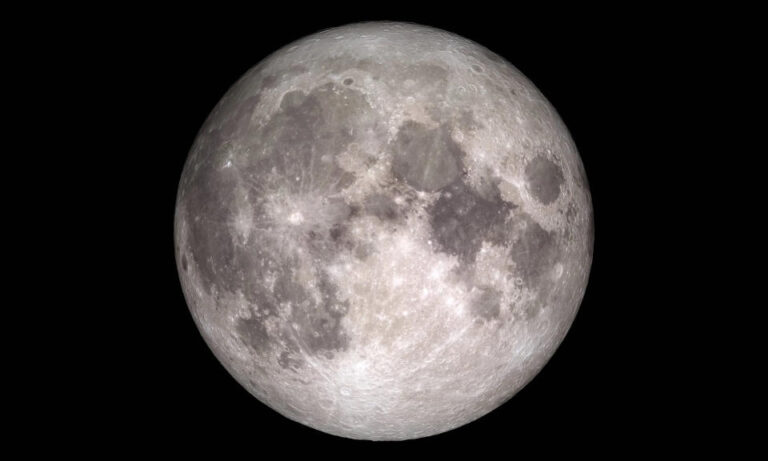NASA confirmed on Friday that it is developing a new lunar time system for the Moon, following a White House policy memo directing NASA to create the new standard by 2026. This Coordinated Lunar Time (LTC) will involve collaboration with U.S. government stakeholders, partners, and international standards organizations. The need for a lunar time zone stems from Einstein’s theories of relativity, which highlight the time differences caused by gravity and speed variations. NASA’s timing and standards leader, Cheryl Gramling, explained how time discrepancies could affect future missions, emphasizing the necessity of accuracy in space travel. The White House memo also outlined plans for NASA to work with various departments to introduce LTC by the end of 2026, with a focus on engaging global stakeholders like Artemis Accords signees. NASA’s Space Communication and Navigation program will lead this initiative, with the goal of scalability to other celestial bodies, including Mars. The time standard will be based on a weighted average of atomic clocks on the Moon, similar to Earth’s Coordinated Universal Time calculation method. As part of NASA’s Artemis program, crewed missions to the Moon are planned, with Artemis 2 scheduled for September 2025 and Artemis 3 aiming to land astronauts near the Moon’s South Pole a year later.

